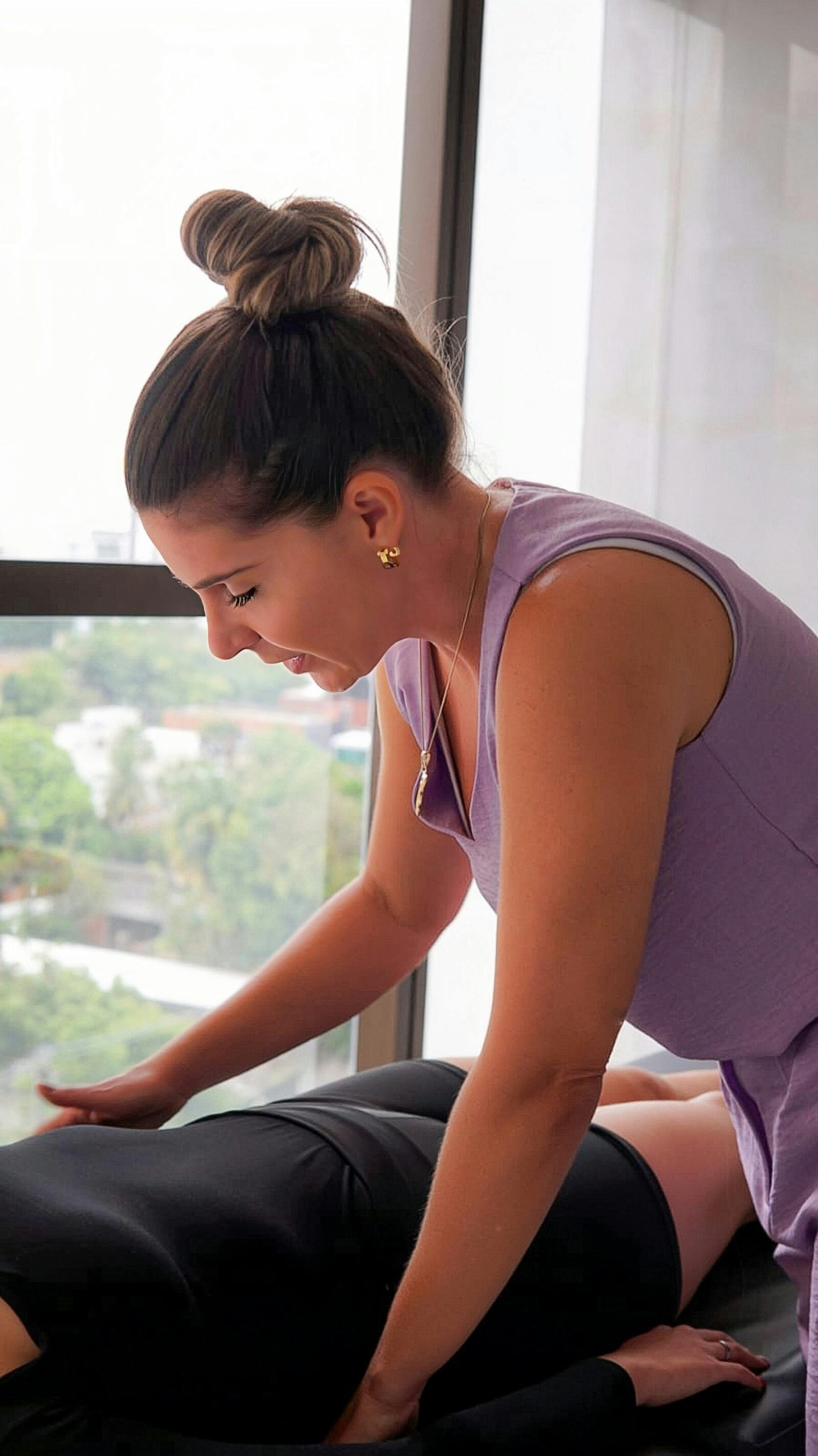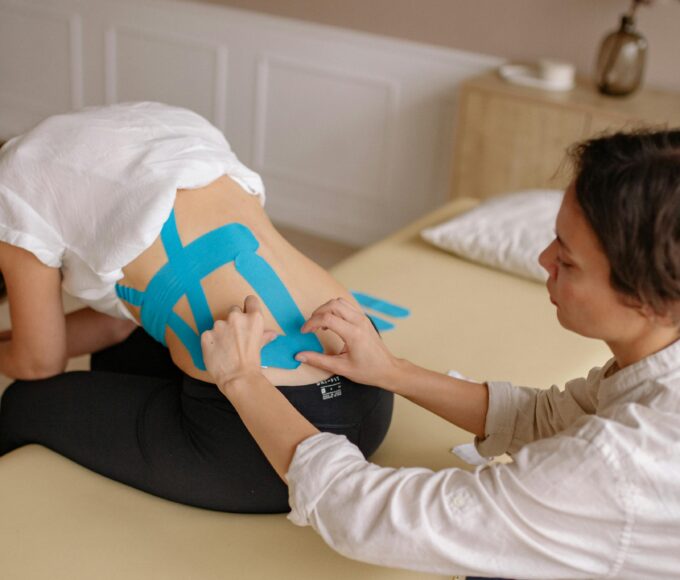Are you willing to change your fitness experience? The key to accomplishing your goals may be strength and conditioning. It is very important to both the newcomers and the experienced athletes to know how to gain strength and endurance. It is not about picking up heavy weights or running marathons it is about getting the right methodology that suits your kind of fitness level.
Just imagine that you are stronger, more energized, and can face challenges right on. It can make you strong and fit! That is what good strength and conditioning can do you! In this blog post, you will be taken through personalized exercises that can be used by both the beginners, intermediate, and advanced athletes. Now, we are going to become engaged in developing an individual plan that will grow with you and the traps to go through and pitfalls to shun. This is the first step to the best performance!
Tailoring workouts to different fitness levels (beginner, intermediate, advanced)
Strength and conditioning is where it is vital to know the level of fitness. Form and establishment should be the concern of the beginners. Start with exercises that do not involve weights such as squats and push-ups. Intensity should be increased gradually as confidence builds up.
In between persons can use weights or resistance bands in their exercises. Complicated movements can be performed at this stage, including deadlifts or bench presses. In this case, there is a necessity to balance endurance and strength training.
Elite athletes ought to push themselves by using high-intensity interval training (HIIT) or Olympic lifts. These are exercises that demand not only strength but also agility and coordination, and push the limits of what your body is able to accomplish.
Individualizing exercises to these levels is safe and it maximizes the progress. Ask your body; change to achieve best outcome at every stage of your exercise program.
How to build a personalized strength and conditioning plan
To develop your own strength and conditioning plan, it is important to first know what you want. Do you want to gain muscle, endurance or become more fit? Determine what is success in your mind.
The second step is to determine your fitness level. This involves the assessment of your strength, flexibility and past injuries. It is nice to know where you are so that you can create a good routine.
Add a combination of resistance and cardiovascular involving activities according to your objectives. As an example, when you are intending to build on muscular power, involve compound exercises such as deadlifts and squats.
Plan exercises on a daily basis all through the week and give rest days to facilitate recovery. Monitor results by adding or reducing weights or reps.
Don’t forget about nutrition! The significance of providing your body with the right nutrients is essential in realizing the results that you desire as a result of your program. Adjust it to individual likes and nutritional demands to be the best.
Common mistakes to avoid when starting a strength and conditioning program
Development of a strength and conditioning program may be a very exciting process, yet it is easy to make some mistakes that may delay the process. The most prevalent trap is the absence of the warm-up. Failure to do so may result in injury and poor performance.
The other error is that of raising weights that are too heavy initially. It is important to work on form at this initial stage; technique should learn to master and then weight should be added.
The significance of rest days is another issue that many beginners do not take seriously. Rest is necessary to muscle development and prevents burnout.
Also, doing nothing to monitor your exercises may leave you without any idea of your progress. Writing down what you done makes you realize what is effective.
When we target such vague goals as getting fit, we tend to get frustrated. Be specific- find small measurable goals that will keep you focused in the process.
Assessing Your Current Fitness Level
The first step to successful strength and conditioning is evaluation of your current level of fitness. The knowledge of your position can be useful in adjusting your workout program to your needs.
Begin with an exercise test to assess stamina, flexibility, strength and body composition. Basic exercises such as push-ups, squats or planks can give you an idea of your initial levels of strength.
Also, cardio tests, such as a one-mile run or jumping jacks timewise, can tell a lot about your heart condition.
Take into account the frequency of your physical exercise. Are you a novice with fresh experience? Or have you been training all the months?
Record any previous injuries or restrictions that can influence your exercises. Having this knowledge will make you safe as you move towards the better.
This candid self-assessment will be the starting point of knowing how to create an ideal program that will specifically suit you.
Customizing Your Workout Plan Based on Your Goals and Needs
It is important to tailor your exercise routine to achieve your particular objectives of fitness. Begin by determining what you would like to accomplish; be it gaining strength, endurance, or becoming more flexible, having an understanding of what you want to accomplish will direct the decisions.
It is possible to consider adding resistance training and cardiovascular exercises. The level of strength training depends on the weight and repetitions you can do. Bodyweight exercises such as squats and push-ups are good place to begin with especially among beginners. The intermediate people may move to the light weights and the experienced sportsmen may consider heavy lifts or complicated exercises.
It is also important to estimate the frequency of workouts and fitness level. Ne Beginners can have two to three sessions in a week so that their bodies can get used to it. Conversely, intermediate and advanced might have four to six sessions in a week because the intensity might be higher.
Don’t forget about recovery! This is a very important element that is not noticed and yet is essential to any advancement. Remember to have rest days in your schedule in order to avoid burnouts and injuries.
Diet is also a major one; eating your body right contributes to the enhancement of performance besides the process of recovery.
It is important to remember that this is not a one size fits all journey. Hearing your body react to it by the end of the program will allow making the program even more refined as time goes by to ensure that you remain motivated and involved in the process. Customization of these factors will assist in developing an efficient exercise program that will be simply tailored to your specific needs.
The importance of finding the right balance for your individual fitness goals
The balance in fitness journey is very essential. It is not simply the heavier you can lift or the harder you can push it is getting your exercises in line with your own objectives.
Every person has his/her own strong and weak points as well as goals. Knowing them can make you approach a routine that will not feel taxing but rewarding.
One of the aspects that are important in this process is listening to your body. Days will be more intense and other days might be requiring rest and recovery.
Furthermore, you can be flexible in your plan so that you can make adjustments as the circumstances of life change. It can be work or family engagements but either way, flexibility will ensure that one does not lose track of progress without compromising.
Adopting such a customized strategy will create success in the long term and help to maintain the level of motivation. You need to celebrate minor achievements in the process they add a lot to the accomplishment of larger achievements.













Leave a comment